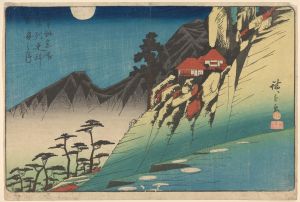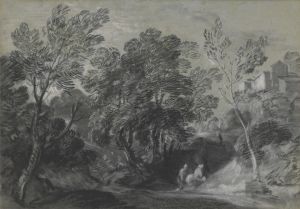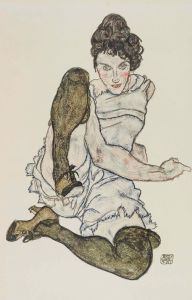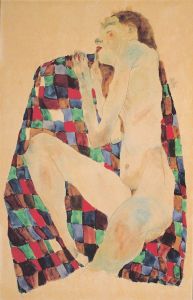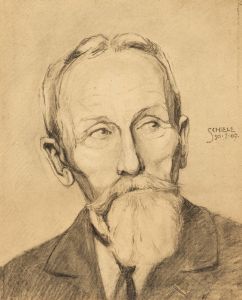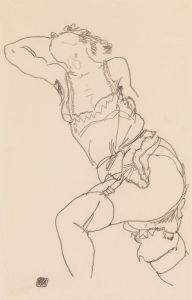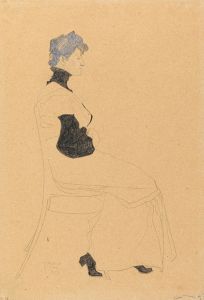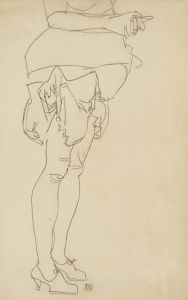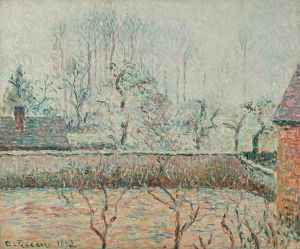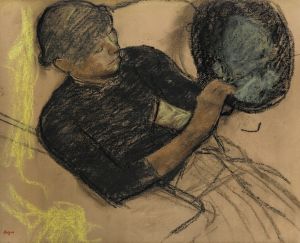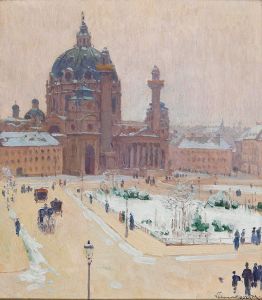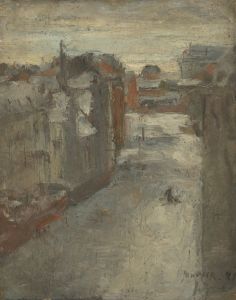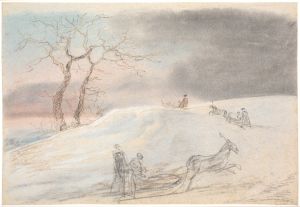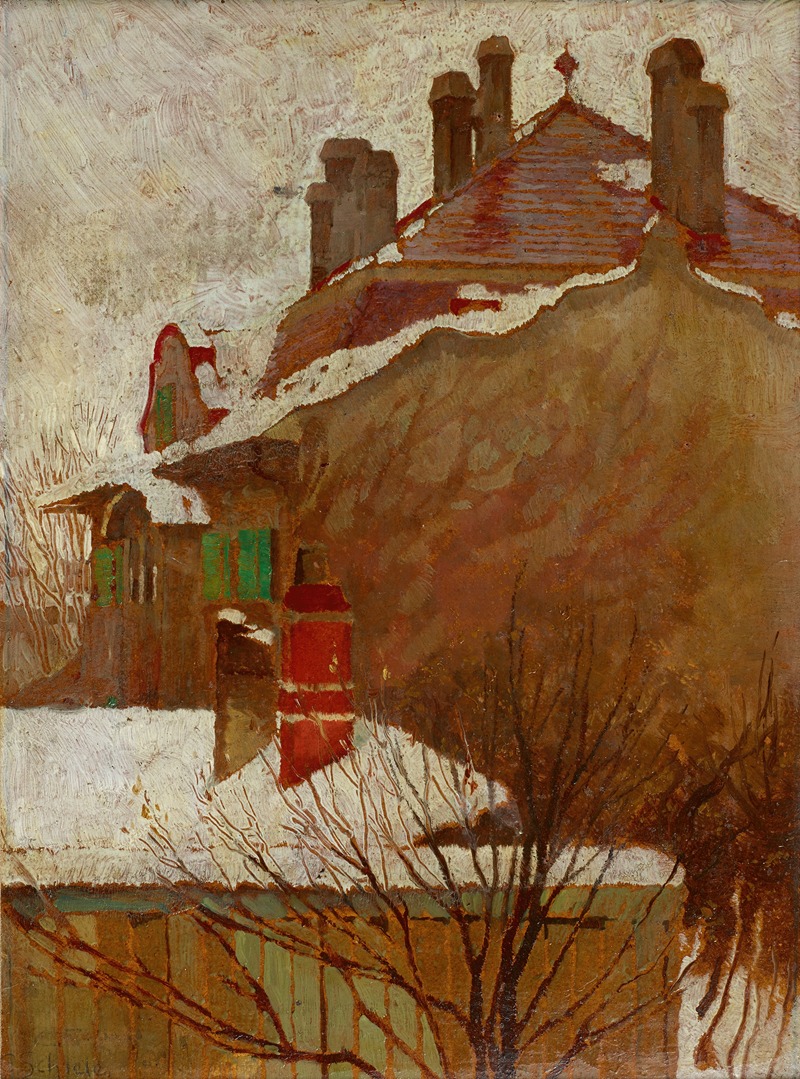
Häuser im Winter
A hand-painted replica of Egon Schiele’s masterpiece Häuser im Winter, meticulously crafted by professional artists to capture the true essence of the original. Each piece is created with museum-quality canvas and rare mineral pigments, carefully painted by experienced artists with delicate brushstrokes and rich, layered colors to perfectly recreate the texture of the original artwork. Unlike machine-printed reproductions, this hand-painted version brings the painting to life, infused with the artist’s emotions and skill in every stroke. Whether for personal collection or home decoration, it instantly elevates the artistic atmosphere of any space.
Egon Schiele, an Austrian painter known for his distinctive style and contribution to early 20th-century art, created "Häuser im Winter" (Houses in Winter) in 1911. This painting is a part of Schiele's exploration of landscapes and urban scenes, which he approached with the same intensity and emotional depth as his more famous figurative works.
"Häuser im Winter" reflects Schiele's fascination with the architectural forms and the interplay of color and structure. The painting depicts a cluster of houses, likely inspired by the rural and urban environments of Austria, enveloped in the starkness of winter. Schiele's use of color in this work is particularly notable; he employs a muted palette dominated by whites, grays, and earthy tones, capturing the cold and serene atmosphere of a winter landscape.
The composition of "Häuser im Winter" is characterized by Schiele's typical angular and expressive lines. The buildings are rendered with a sense of distortion and exaggeration, which imbues the scene with a dynamic, almost unsettling quality. This approach is consistent with Schiele's broader artistic style, which often sought to convey emotional and psychological depth through formal distortion and bold, expressive lines.
Schiele's landscapes, including "Häuser im Winter," often reflect his interest in the relationship between human-made structures and the natural environment. In this painting, the houses appear to be both a part of and apart from the landscape, suggesting themes of isolation and the passage of time. The bare trees and snow-covered roofs evoke a sense of stillness and quiet, yet the angularity and tension in the composition hint at underlying emotional currents.
Egon Schiele was a protégé of Gustav Klimt and a key figure in the Expressionist movement. His work is characterized by its raw emotional power and innovative use of form and color. Although Schiele is best known for his provocative portraits and nudes, his landscapes and cityscapes, such as "Häuser im Winter," are equally significant in understanding his artistic vision.
Schiele's career was tragically cut short by his death in 1918 at the age of 28, during the Spanish flu pandemic. Despite his brief life, he left behind a substantial body of work that continues to influence artists and captivate audiences. "Häuser im Winter" is a testament to Schiele's ability to infuse even the most mundane subjects with a profound sense of emotion and meaning.
Today, Egon Schiele's works are celebrated for their intensity and innovation, and "Häuser im Winter" remains an important piece within his oeuvre. It exemplifies his unique approach to capturing the essence of his surroundings and his ability to convey complex emotional states through his art.





